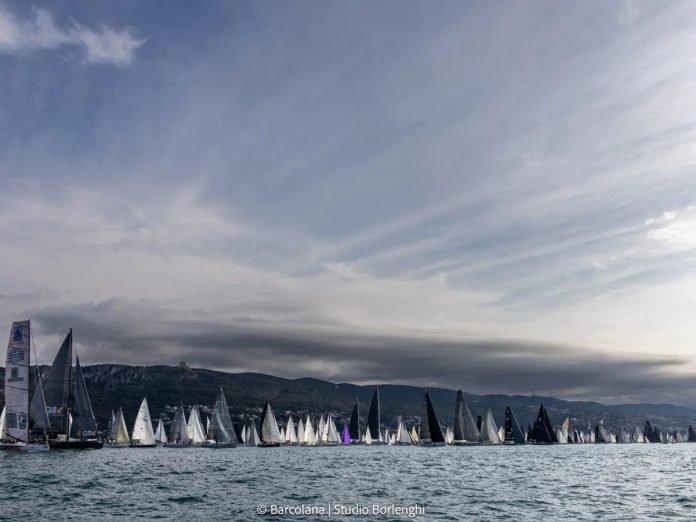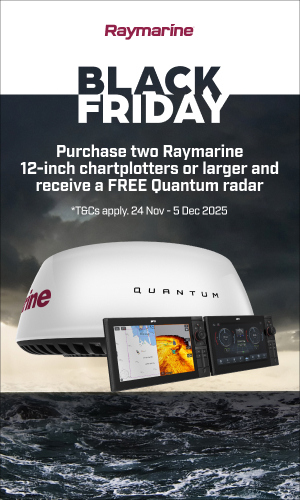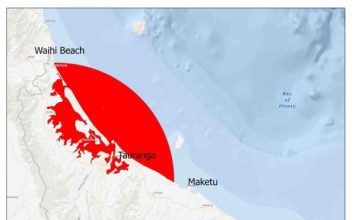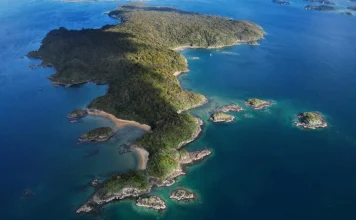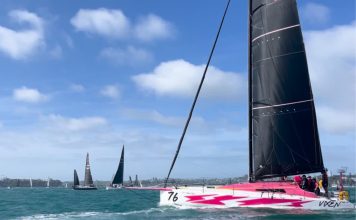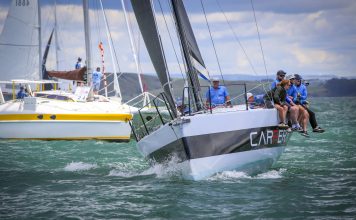Trieste, a multicultural port on Italy’s Adriatic coast, sits at the crossroads of Italy, Austria, and Slovenia. Once the crown jewel of the Austro-Hungarian Empire, the city’s identity was forged by its maritime history, its coffee-house culture, and its role as a meeting point between Central Europe and the Mediterranean. The sea remains its stage — and the Barcolana Cup its defining performance.
At dawn on 12 October, Trieste wakes to one of sailing’s great annual sights. From the shore, the Gulf appears calm until the first boom of the starting cannon ripples through the city. Then the water erupts — maxis, cruisers, and family yachts heeling into the morning breeze as the skyline fills with white.
This is the Barcolana Cup 2025, the 57th Autumn Cup. Every second Sunday in October, Trieste becomes the beating heart of European sailing — part regatta, part street festival, and entirely devoted to the sea.
Where the Barcolana Cup began
The story started modestly. In 1969, sailors from the Società Velica di Barcola e Grignano decided to hold an end-of-season race before winter haul-out. Fifty-one yachts lined up for the Coppa d’Autunno, or Autumn Cup.
Commander Pietro Napp, skippering Betelgeuse, won that first race — never imagining he’d launch a tradition that would circle the globe. What began as a friendly challenge among mates grew into a festival of sails. The same spirit of inclusion and love for the sea still drives the Barcolana Cup 2025 today.
The Bora wind whips through the karst hills above Trieste, shaping both its skyline and its sailors. By the 1980s, the Barcolana had outgrown its local roots, attracting Olympians, offshore racers, and weekend cruisers from across Europe.
In 2018, it claimed a Guinness World Record when 2,689 boats crossed the start — a feat that sealed its reputation as the world’s largest sailing race. Yet the Barcolana has never been about numbers. Its essence lies in how the city embraces it: balconies strung with flags, cafés overflowing with laughter, and music spilling across the Adriatic as sails flash in the sun.
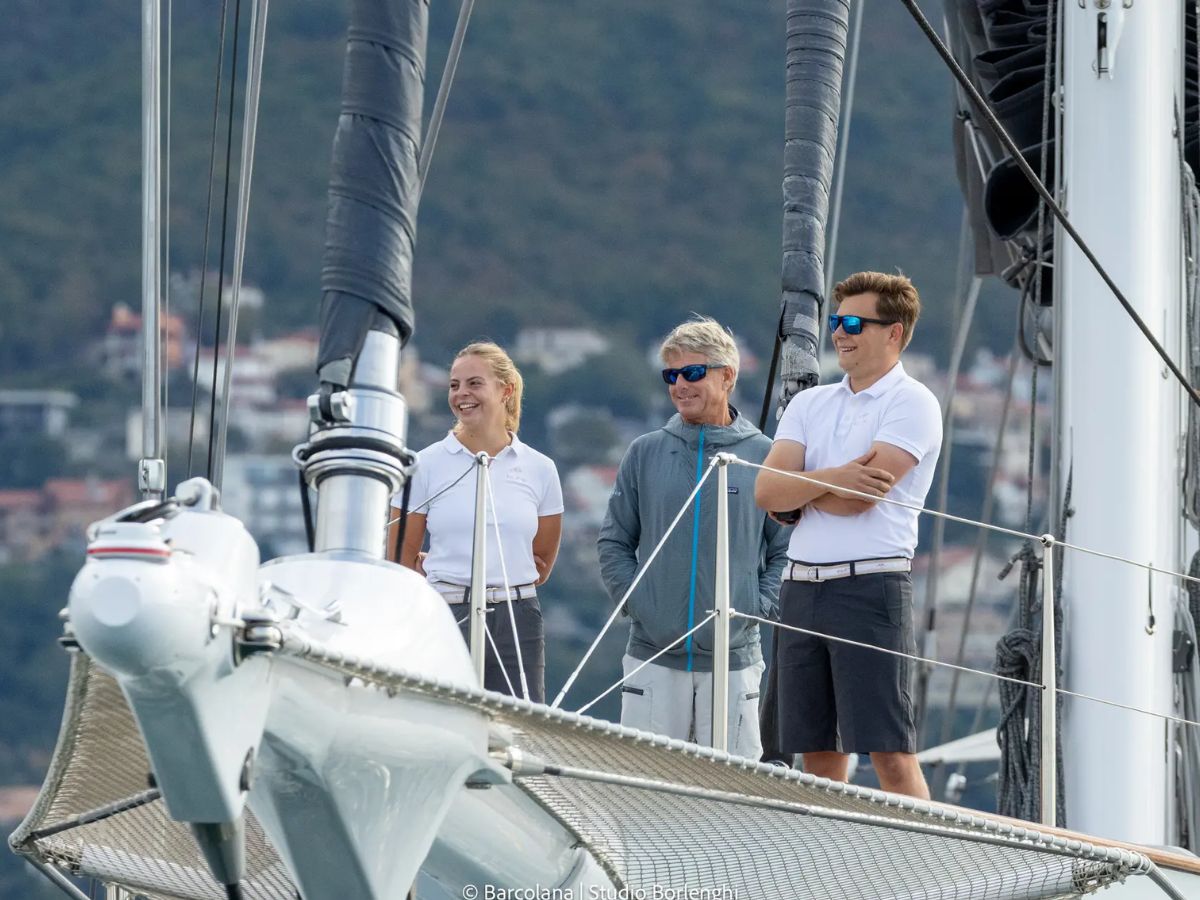
A festival afloat and ashore
The Barcolana isn’t just one race; it’s ten days of celebration. From 1 to 12 October 2025, Trieste becomes a citywide festival of the sea. Along the Rive, concerts, art, and food stalls create a carnival atmosphere, while on the water a packed programme builds toward the main event.
The Para Sailing EUROSAF Inclusive Championship welcomes adaptive athletes from across Europe; Barcolana Young introduces the Optimist generation; and the SUP Experience fills the gulf with paddlers. Vintage yachts parade in the Classic SIAD Trophy, while the Maxi Portopiccolo Trophy and Solaris Adriatic Cup showcase cutting-edge performance. After dark, the By Night Regattas light the Grand Canal as monotypes duel under spotlights before cheering crowds.
Each event shares the same goal — to celebrate the sea in every form. That combination of inclusivity, spectacle, and community makes the Barcolana Cup 2025 unique in world sailing.
Part of the Barcolana’s charm is its openness. Professionals line up beside family crews, while Slovenian and Croatian teams share the same start. Rivalries dissolve on the water; only wind and seamanship decide the outcome. Winning matters, but the real reward is belonging — to a fleet, to a tradition, and to a city that lives for the sea.
For one week each year, Trieste’s heartbeat echoes across Europe, reminding sailors why they fell in love with the sport in the first place.
From Trieste to Auckland
That same heartbeat now resonates across the Pacific. In Auckland, the philosophy behind the Barcolana looks very much like Moana Auckland – New Zealand’s Ocean Festival, a summer celebration that captures the culture and energy of New Zealand on water.
One of the stand-out on-water events is the PIC Harbour Classic, a race consciously modelled on the Barcolana’s Coppa d’Autunno. Organised by the New Zealand Multihull Yacht Club, it transforms the Waitematā Harbour into a carnival of sails — multihulls and monohulls racing side by side in the same spirit of inclusivity, affordability, and community.
The Classic has quickly become a highlight of Moana Auckland, which runs from late February to mid-March 2026. Alongside the Auckland On-Water Boat Show, Auckland Wooden Boat Festival, and more events to be listed by Moana Auckland, it anchors a festival that honours New Zealand’s deep connection to the ocean.
Nick Hill of Tātaki Auckland Unlimited calls it “a celebration of our ocean taonga and everything it offers.” The scene feels familiar: harbour walls lined with spectators, crews gathering for music and prizegivings, and the shared sense that sailing belongs to everyone.
Just as the Barcolana transformed Trieste into Europe’s sailing capital, Moana Auckland is redefining how New Zealand celebrates its maritime identity. The idea born in 1969 — that sailing should unite rather than divide — now carries proudly across the Pacific.
The Barcolana Cup 2025 may fill the Gulf of Trieste with white sails, but its legacy lives on wherever people race not for glory alone, but for the joy of belonging to the sea.








